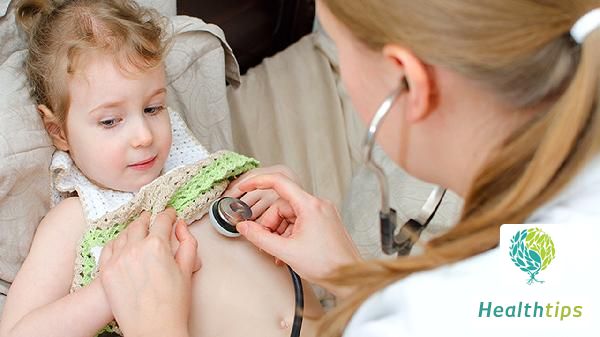What type of isolation should be used for tuberculosis and chickenpox?

Both tuberculosis patients and varicella patients need to take corresponding isolation measures. For tuberculosis patients, respiratory isolation is required to avoid droplet transmission, while for varicella patients, skin contact isolation is necessary.
I. Tuberculosis
1. Respiratory Isolation: Tuberculosis is an air-borne disease, so it is essential to pay attention to respiratory hygiene when in close contact with tuberculosis patients. It is recommended to use masks or other protective equipment to reduce the risk of droplet transmission, and maintain a good ventilation environment.
2. Avoid Droplet Transmission: If contact with patients cannot be completely avoided, consider wearing medical masks, face shields, or other protective equipment to reduce the possibility of droplet transmission.
II. Varicella
1. Skin Contact Isolation: Varicella is a contagious disease caused by the varicella-zoster virus, mainly transmitted through the air. When in contact with varicella patients, it is essential to avoid direct contact with their skin lesions to prevent infection.
2. Personal Hygiene: In daily life, attention should be paid to personal hygiene, frequent handwashing, and avoiding touching the face and other easily contaminated areas with hands. At the same time, it is also important to maintain a healthy diet, eat more fresh fruits and vegetables, and enhance the body's immunity.
Taking different isolation measures for different types of infectious diseases is crucial. Only by doing a good job in prevention can the spread and development of diseases be effectively controlled.



















